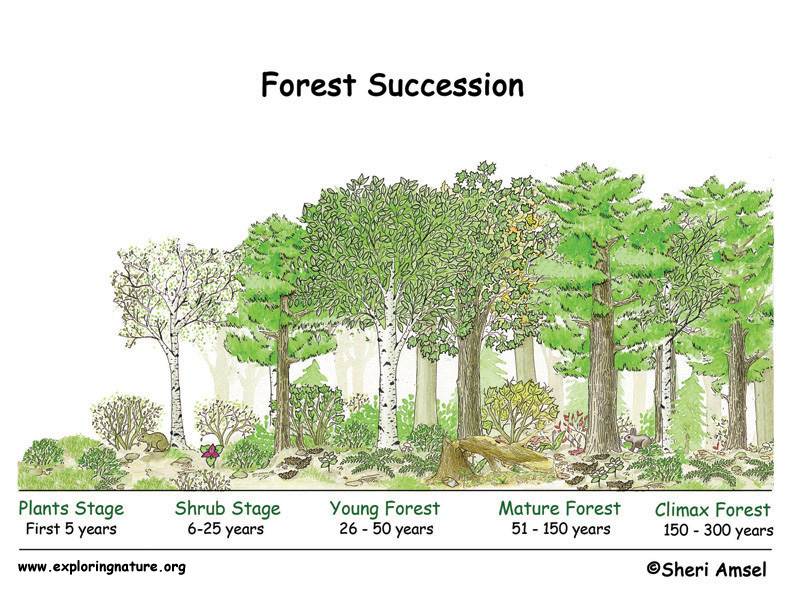
Dewa Olim
Jalan Masnaga 2, Blok D No. 5, Kelurahan Pulo Gebang, Kecamatan Cakung. Kota Jakarta Timur - DKI JAKARTA. ID 13950

Witnessing Nature’s Magic: The Process of Forest Succession
Rabu, 12 Feb 2025 02:05:25
Picture this: the Pride Lands under Scar’s rule in The Lion King—dry, barren, and lifeless. No grass, no trees, just a wasteland where nothing thrives. But when Simba returns, the rains come, the land heals, and the Circle of Life is restored. Believe it or not, nature has its own Simba—a process called forest succession, where ecosystems recover and rebuild after destruction.

Just like Simba’s journey from exile to reclaiming his throne, forests follow a path of resilience, growth, and renewal. Let’s explore how nature stages its own epic comeback!
What is Forest Succession?
Forests don’t just appear overnight. When a disturbance—like deforestation, wildfires, or land degradation—strips the land bare, nature starts from scratch. This recovery process is called forest succession, and it happens in two main ways:
🌱 Primary Succession – Begins from scratch in areas where no soil exists, such as volcanic islands or glacial landscapes.
🌿 Secondary Succession – Occurs in places where a forest was disturbed but soil remains, like after logging or fires.
The Stages of Forest Regeneration
Forest succession doesn’t happen overnight. It follows a series of stages, each bringing new life:

🌾 Stage 1: Pioneer Plants Take Over
The first to arrive are tough, fast-growing plants like grasses and shrubs. They break down rock, enrich the soil, and prepare the ground for bigger species.
🌳 Stage 2: Small Trees and Wildlife Move In
As soil quality improves, young trees like acacias start growing. Birds, insects, and small mammals return, helping spread seeds and speeding up regeneration.
🌲 Stage 3: The Forest Grows Taller
Larger trees begin to take root, creating a thick canopy that shades the ground. The ecosystem becomes more diverse, with more animals calling it home.
🌿 Stage 4: A Mature, Thriving Forest
Over decades, the area transforms into a stable, biodiverse forest, similar to its original state. This is known as the climax community—a self-sustaining, fully restored ecosystem.
Let's be a Part of Nature’s Comeback Story
🌍 Support Reforestation Efforts – Planting native trees can accelerate the natural process of succession.
🐾 Protect Wildlife Corridors – Allowing animals to move freely between habitats helps spread seeds and maintain biodiversity.
🌱 Practice Sustainable Land Use – Preserving key areas allows nature to regenerate without human interference.
Hakuna Matata? Not Quite—We Have a Role to Play!
Just as Simba had to step up and take responsibility, we can play a part in ensuring that our planet’s green spaces continue to thrive for generations to come. Forest succession shows us that recovery is possible, but it takes time, patience, and effort.
So next time you see an empty patch of land, remember—it may just be the beginning of nature’s next great comeback! 🌿✨